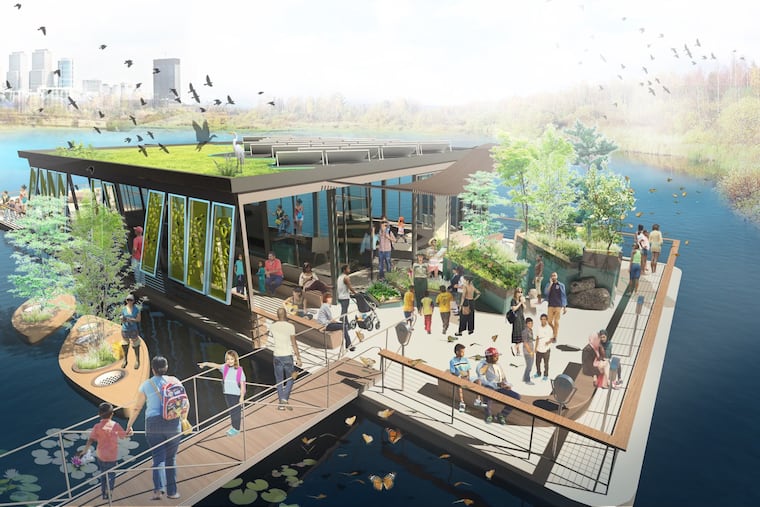Philly plans to create a large ‘floating classroom’ on the Schuylkill near Fairmount Dam
The Philadelphia Water Department has plans to create a floating "outdoor classroom" in the Schuylkill in front of Fairmount Water Works, according to documents submitted to the U.S. Army Corps. of Engineers.
